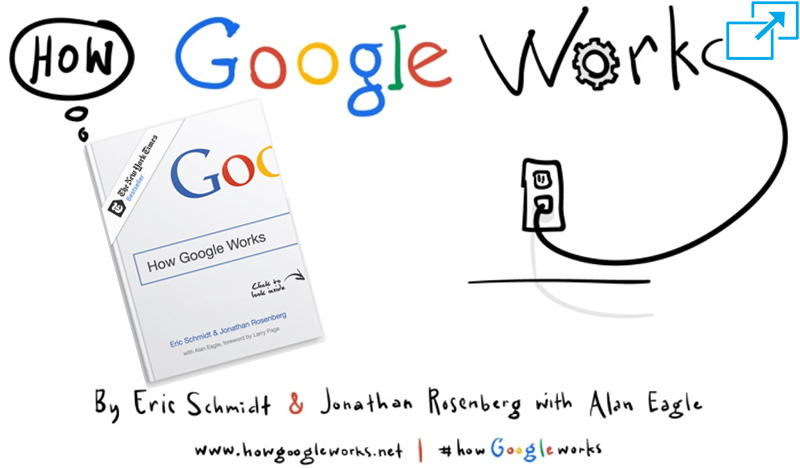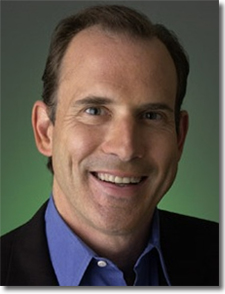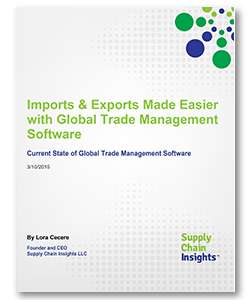Attracting and Retaining Exceptional Talent: ‘How Google Works’ by Eric Schmidt & Jonathan Rosenberg
Eric Schmidt along with his co-author Jonathan Rosenberg emphasize that the companies must be focused on attracting a completely new sort of employee - "a smart creative" - now that's who you need, a 'doer' for sure!
As stated by Steven Sinofsky in The Wall Street Journal, “Anyone managing technology-focused teams should read this book, though not all the lessons will translate outside of Google’s unique culture, or the era (now a decade past in some cases) when many of the decisions were made.”
Google, a company that most every PC or smartphone owner interfaces with in some way, can be seen as a company of some contradictions.
From the start, it has held itself up as a force for good, using the mantra “don’t be evil” even as it has pushed the limits of privacy. Google is well known to hire smart, creative people, yet it sometimes creates less-than-clever or me-too products.
Google consistently espouses the virtues of openness, while it closely guards its own core intellectual property. Even so, the company is a symbol of innovation, success and technology leadership.
In “How Google Works,” Eric Schmidt and Jonathan Rosenberg offer a firsthand account of how they and their inner circle created Google’s early management techniques by applying algorithmic precision to often complex challenges.
Mr. Schmidt joined Google in 2001, having already reached stellar heights as a leader at Sun Microsystems and then Novell, and he is often credited with bringing “adult supervision” to a young company brimming with intellect but lacking traditional approaches to product development and management. Mr. Rosenberg joined shortly after Mr. Schmidt and during his tenure created and ran the Google “product team,” which in Silicon Valley parlance means that he figured out what to do and why to do it. Mr. Rosenberg remains an adviser to Google CEO Larry Page ; Mr. Schmidt is still the company’s executive chairman.
The book takes us through the maturation of the company from late-stage startup to well-functioning mega-corporation. In separate chapters, the authors take us through “Culture,” “Strategy,” “Talent,” “Decisions,” “Communications” and “Innovation.” The insights in “Decisions” are particularly valuable because Google’s unique executive model—a three-person committee at the top (Messrs. Schmidt and Page and co-founder Sergey Brin )—was a topic of great interest and even some concern in the early stages of Google’s rise. Yet it clearly worked well and yielded a very smooth transition, later, to a single CEO.
In “Strategy,” we learn of the Google view that products do not need strategies (or slide decks or other artifacts of MBA thinking). Rather, breakout products require a “technical insight” that amounts to a “new way of applying technology or design that either drives down the cost or increases the functions and usability of a product by a significant factor.” This meta-algorithm is used to explain why some products have been successful (such as Gmail) and others “flatlined” (such as “iGoogle, Desktop, Notebook, Sidewiki, Knol, Health, even the popular Reader”). While the scale of Google and the strength of the brand allowed every new product to achieve some traction, the data showed that products lacking growth also lacked a technical insight. But a lot depends on how one defines a technical insight. For example, Google Hangouts, the company’s video chat platform, is described by the authors as innovating in the use of encoding/decoding video. But many in the field would cast at least some doubt on that characterization.
One element of strategy detailed at length in “How Google Works” is the importance of “open, not closed” platforms. Google is well-known for supporting open standards, shared throughout the industry, and open-source software, in particular the incredibly successful Android operating system that runs on phones and tablets. But the authors explain that “there are situations where open platforms do not work on behalf of users and innovation.” Perhaps unsurprisingly, the core Google search product is one of these.
When it comes to hiring, almost every management book instructs you to hire the best and claims that companies become successful by doing so. Mr. Rosenberg pioneered Google’s unique systems for hiring. A vivid demonstration of his algorithmic approach can be seen in the rule that interviews should last 30 minutes and that there should be no more than four interviews in all. More than that, we learn, and the incremental cost fails to increase “decision accuracy” by more than 1%. The authors even provide a graph of “increase in mean interview score accuracy” versus number of interviewers, intended to show that using five interviewers works best—“with the added benefit (at least for computer scientists) of being prime.”
A reader of “How Google Works” might get the impression that, aside from the occasional “tough decision,” Google management operates algorithmically and according to data. Yet that famous admonition “don’t be evil” is decidedly not a data-driven rule, and an important part of the book shows how the founders and their team managed when the phrase was put to the test during Google’s clashes with the Chinese government over censorship—leading, ultimately, to the company’s decision to exit the China market in 2010. The authors present a timeline and an account of the decision process that led to effectively shutting down google.cn (Google’s mainland China product), though they add few new details about the Chinese hack attack against Google, a sophisticated operation aimed at stealing Google’s intellectual property and compromising the email accounts of specific individuals, including Chinese dissidents.
Here was a case where the company’s management algorithms yielded contradictory answers. If one were to decide in favor of users in China, who were already relying on the company’s services, then keeping the site running might be best. If one were to decide in favor of not being evil, then fighting the government on censorship would win out. Or perhaps it was pro-user to shut down the site rather than allow censorship.
Throughout the ordeal, there was no data about the future effects of the decision (though there never is, a point which is often not addressed in discussing the company’s reliance upon data for decision making). The fallout from the company’s decision to leave China—arrived at by consensus among Google’s leadership after all points of view were expressed—is not yet fully clear. Today the company is isolated in one of the largest markets of the world, but it also sees tremendous use of its Android operating system in China—just not the parts that appear to matter most to Google, such as search or maps.
Anyone managing technology-focused teams should read this book, though not all the lessons will translate outside of Google’s unique culture, or the era (now a decade past in some cases) when many of the decisions were made. Certain decisions were certainly made easier by the company’s explosive growth, supported by the search-advertising business. If you believe that Google sees the world as zeros and ones and manages that way, this book should serve to ground you in the potential challenges faced by management trying to see decision-making programmatically. What you will find is a framework held together by talented engineers, supported by an insatiable demand for data, and acted on with a set of principles that aren’t always as binary as “smart creatives” might prefer.
About the Author
Mr. Sinofsky is a former Microsoft executive, a board partner at Andreessen Horowitz and co-author of “One Strategy: Organization, Planning, and Decision Making.”
Source: Book Review: ‘How Google Works’ by Eric Schmidt and Jonathan Rosenberg
Related: Supply Chain Talent Is a Growing Gap for Leaders and the Impact Is Enormous















